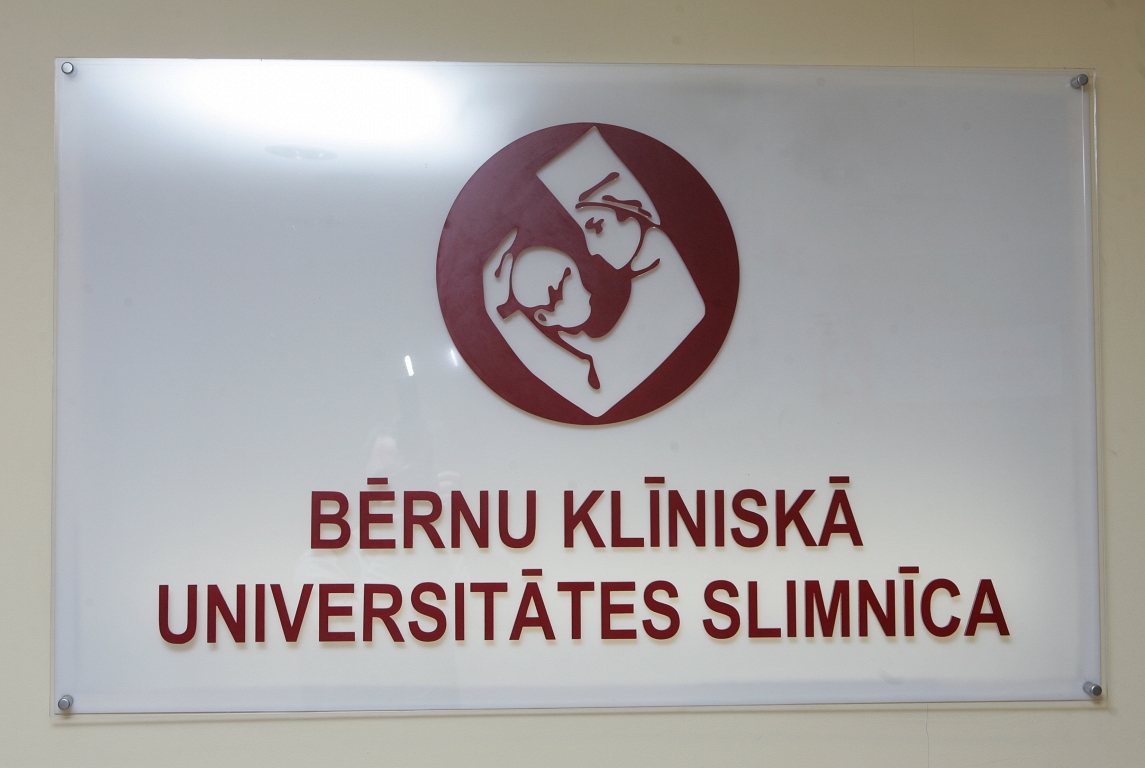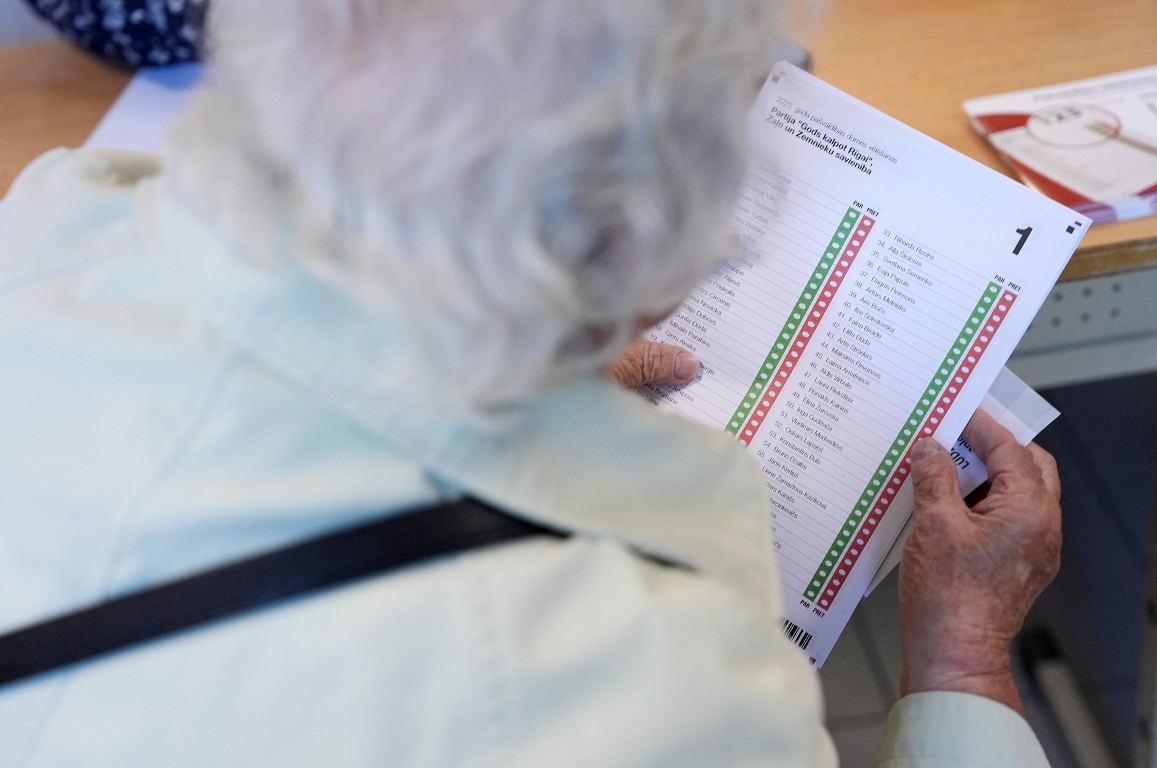Five intestinal stick infections for inpated children developed haemolytic uremic syndrome / day

According to the hospital, this is a life -threatening form of kidney failure in the case of this toxin or verotoxin -forming E. coli (STEC) infection. It is a rare and severe complication that causes a reduction in erythrocytes (hemolytic anemia), low platelet count and acute renal failure, in particular in severe cases, causing damage to other organs.
This week, 15 pre -school and primary school children with approved toxin -producing E. coli infection, as well as one child with another bacterial agent – Epec.
Currently, out of 15 children infected with E. coli, 13 continues to be treated in the infection department, one in the anesthesiology and intensive care unit, while one child is prescribed and treatment will continue at home.
There is currently no confirmation of a particular product to associate the infection, according to BKUS. According to the Disease Prevention and Control Center (SPCC), epidemiologists work in several directions to determine the source of infection. In each new disease, an in -depth survey of children is conducted using a single extended questionnaire to exclude or identify common risk factors.
So far, the SPCC has received 23 urgent reports on infection. 21 children aged 2 to 10 years old and two adults.
Cases have been detected in various suburbs of Riga, Salaspils, Adazi, Sigulda, Cesis and South Kurzeme.
In total, cases are recorded in 13 pre -school educational institutions and in one primary school.
So far, 86 persons have been investigated, of which the presence of Enterochemorrhagic E. coli has been found in five children. Epidemiologists make additional recommendations for parents, doctors and educational institutions of children in connection with these cases.
Epidemiologists, in collaboration with the administrations of educational institutions, clarify the lists of children in absence, communicate with the parents of the children to determine the causes of absence and symptoms. In the case of symptoms of intestinal infectious disease, laboratory examination of children is organized.
The SPCC cooperates daily with the National Microbiology Reference Laboratory of Riga Eastern Clinical University and other laboratories to carry out an in -depth investigation as soon as possible and to determine whether the sick are infected with the same pathogen.
If the causes are isolated from food, they will be compared to pathogens isolated from humans in the sequencing of microorganisms, the SPCC indicates.
The Center has informed GPs and hospitals about the current epidemiological situation, calling for special attention to patients (especially children and seniors) who have signs of acute intestinal infection – watery or bloody diarrhea, abdominal pain, nausea, vomiting, high body temperature – and laboratory diagnosis.
Doctors are encouraged to increase the health of patients in dynamics, as their condition may worsen later.
As explained in the hospital to confirm that another of the children with similar symptoms who have turned to the BKUS at the Emergency Medical Center is the specific infection, waiting for laboratory test results, so information on the current situation about the inpatient number of children with infection will be available once a day.
It has already been reported that the SPCC, in cooperation with the Food and Veterinary Service, is continuing an epidemiological examination, still seeking the cause of the disease.
The SPCC explains that all people and animals in the gut have bacteria called Escherichia coli or intestinal stick. They are part of our normal bacterial flora and usually harmless. However, there are specific strains of E. coli, which are able to form toxins or poisonous substances and cause serious illness.
These strains are called Stec/VTEC. They can cause severe, bloody diarrhea, which in some cases causes acute renal failure, which requires intensive care.
The main reservoir of these strains is herbivorous animals, especially cattle. The cause is excreted from the animal or from the human body with feces. A person can become infected by consuming infected foods, under -heat -treated beef, uncooked milk, unwashed or raw fruits or vegetables. Transfer of infection directly from person to person is also possible.
The SPCC reminds food to be treated for a thermally, rinse under running water, and in particular products that will not be heated before consumption. If symptoms of infection – cramping abdominal pain or bloody diarrhea – should be contacted immediately by your doctor.
In Latvia, this infection was recorded last year in 42 cases. On average, four to five cases of this infection are recorded per month, the SPCC points out.
clarified in terms of information







